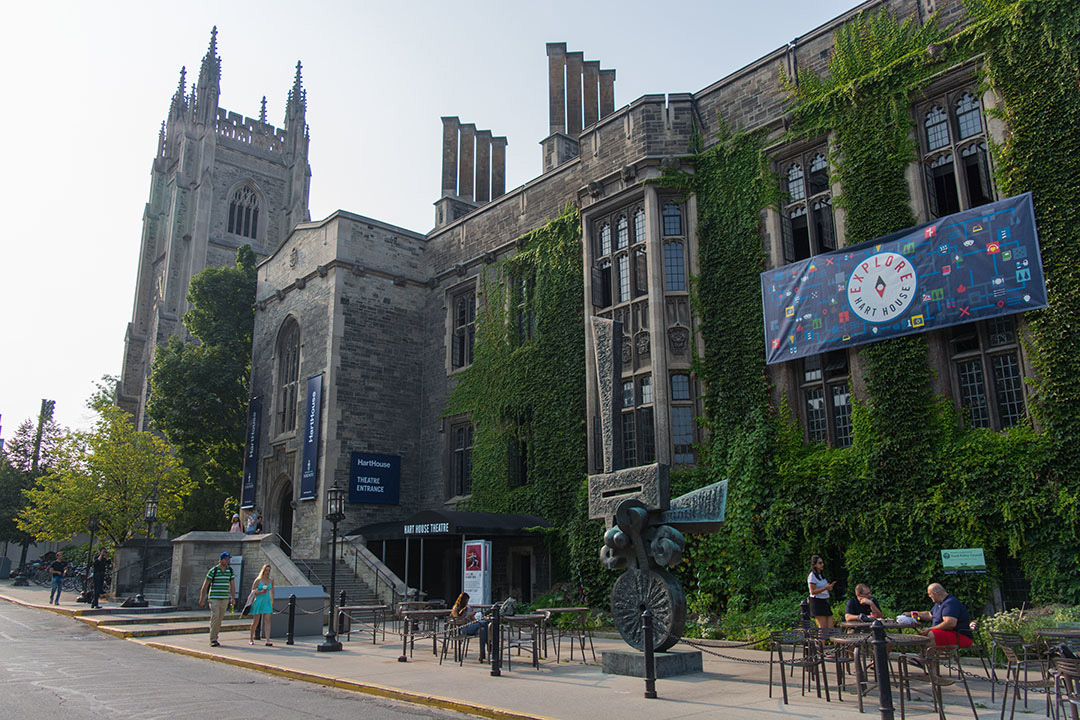The University of Toronto is expected to deliver courses mostly online this summer, which is the same format as the fall 2020 and winter 2021 semesters.
These expectations stem from the current public health guidelines in Toronto. In an email to The Varsity, a U of T spokesperson wrote that “based on current public health restrictions, we expect summer 2021 to look much like winter 2021. Toronto continues to experience public health restrictions that limit non-essential travel outside the home.”
However, in a preliminary timetable released in mid-January that has now been removed from its website, the Faculty of Arts & Science (FAS) planned to have many in-person options for courses, with some courses listed as having an “in-person requirement.” Some departments seem to have planned for a complete return to in-person learning, as every physics course was listed as having an in-person requirement in the preliminary timetable. Of all the classes that had a course delivery method specified, 129 had an in-person option or requirement.
Despite the fact that the faculty appears to have originally planned to have in-person options, according to a U of T spokesperson, the finalized summer timetable released by the FAS will indicate that most of the undergraduate courses will continue to be offered only online.
FAS preliminary summer timetable still under construction
According to a spokesperson from the FAS, the dean’s office has been working on completing the preliminary summer timetable and course information with the faculties and departments, which will be available to students as soon as possible.
According to the spokesperson, the purpose of the preliminary timetable is to function as a tool to assist academic instructors and faculties in making decisions on courses and their formats based on previous years. The timetable also aids students in their course planning.
In an email to The Varsity, the FAS spokesperson explained the ongoing development of the 2021 summer timetable. “As we did in the fall, the Dean’s Office is reviewing courses with departments, including method of delivery. A small number of departments have identified some courses for in-person delivery.”
They elaborated that the courses delivered in person would be those where virtual learning could not achieve the desired learning objectives that attending in person could, such as courses with a laboratory component. The spokesperson described that “these courses will be carefully managed according to public health guidelines for essential instruction to prioritize and maximize student and faculty safety.”
As the start of the summer session is months away, the modes of delivery of courses are subject to change, the FAS noted.
Responses from U of T unions
Regarding course delivery in summer 2021, Canadian Union of Public Employees (CUPE) Local 3902, a labour union representing contract academic workers, and the University of Toronto Faculty Association (UTFA), an advocacy group for faculty and librarians at U of T, wrote in an email to The Varsity that to move courses back in person, it must be safe for students, instructors, and the whole university community.
“We do not advocate for the large-scale resumption of in-person teaching and learning until we can be sure it is safe enough to do so,” wrote Terezia Zorić, President of the UTFA. Zorić wrote that the decision to resume in-person education must be based on the best scientific evidence to ensure the complete safety of everyone.
In particular, CUPE 3902 and its coalition partners were against in-person teaching for the fall semester last summer, with an exception for those unable to carry out their work remotely. For the union to make its decision about in-person instruction for future semesters, Amy Conwell, Chair of CUPE 3902, wrote, “We would want to be sure that the Union(s) had all of the information required to support or not support a move back to in-class teaching.”
Nevertheless, U of T remains “hopeful” to have more activities in person for the coming fall semester, depending on the rollout of vaccines and whether the number of COVID-19 cases decreases.


